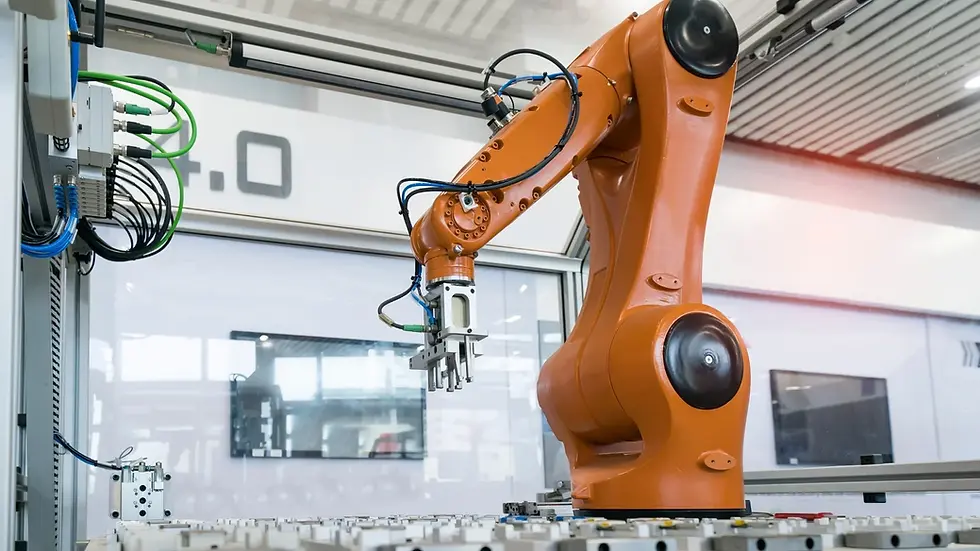The Importance of Drives in Motor Control
- DelaControl
- Oct 24
- 2 min read
In industrial automation, motors are the workhorses that power conveyors, pumps, fans, compressors and countless other machines. However, it is the drives, also known as variable frequency drives (VFDs), variable speed drives (VSDs) or inverters, that transform motors into efficient, controllable and intelligent assets. The importance of drives in motor control cannot be overstated, as they improve performance, save energy, enhance safety and extend equipment life.
What are Drives in Motor Control?
A drive is an electronic device that controls the speed, torque and direction of an electric motor. Most modern industrial drives use variable frequency technology, which adjusts the frequency and voltage supplied to the motor. By doing this, drives give operators precise control over motor behaviour rather than a simple on or off function.
Why Drives are Essential in Industrial Automation
Energy efficiency
Electric motors account for more than 60 per cent of global industrial electricity use. Drives enable motors to operate at the exact speed required rather than at full power continuously. This can result in energy savings of between 20 and 50 per cent, particularly in variable load applications such as pumps and fans.
Process control and precision
In industries such as food and beverage, packaging and pharmaceuticals, precise speed and torque control are crucial. Drives provide smooth acceleration, deceleration and positioning, ensuring consistent product quality and reduced waste.
Reduced mechanical stress
By removing the harsh starting conditions associated with traditional motor control, drives protect motors, gearboxes and mechanical systems from shock loads. This leads to longer equipment life and lower maintenance costs.
Integration with automation systems
Modern drives support industrial communication protocols such as PROFINET, EtherNet/IP, Modbus and CANopen, allowing easy integration with PLCs, SCADA systems and Industry 4.0 platforms. Drives are no longer standalone units but intelligent components within a connected factory.
Safety functions
Many drives include built-in safety features such as Safe Torque Off (STO), Safe Limited Speed (SLS) and Safe Stop functions. These help protect both personnel and equipment while reducing the need for separate safety hardware.
Flexibility across applications
From small fractional-horsepower motors in machine tools to large multi-megawatt drives in steel mills, drives are used across a wide range of industries. They can control AC, DC and servo motors, making them indispensable in modern motor control systems.
Drives in Industry 4.0
As factories embrace digitalisation, predictive maintenance and the Internet of Things, drives play a central role. Many are now equipped with diagnostic tools, onboard web servers and data-logging features. These capabilities allow engineers to monitor motor health, analyse energy consumption and identify potential issues before they cause downtime.
Summary
Drives are the vital link between raw electrical power and intelligent motion control. They reduce energy use, enhance process quality, extend equipment lifespan and improve safety while forming an integral part of the smart factory network. Without drives, industrial motors are limited in capability; with them, they become adaptable, efficient and ready for the future of automation.







